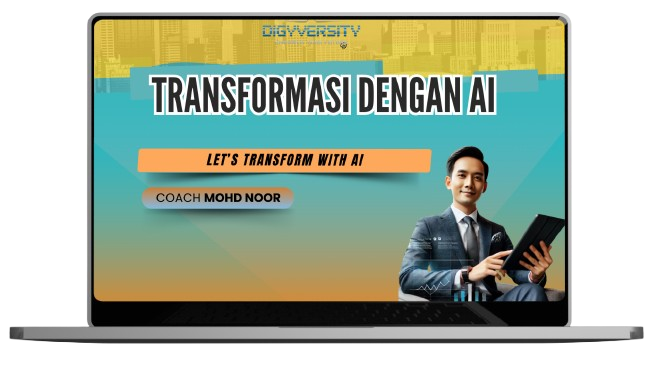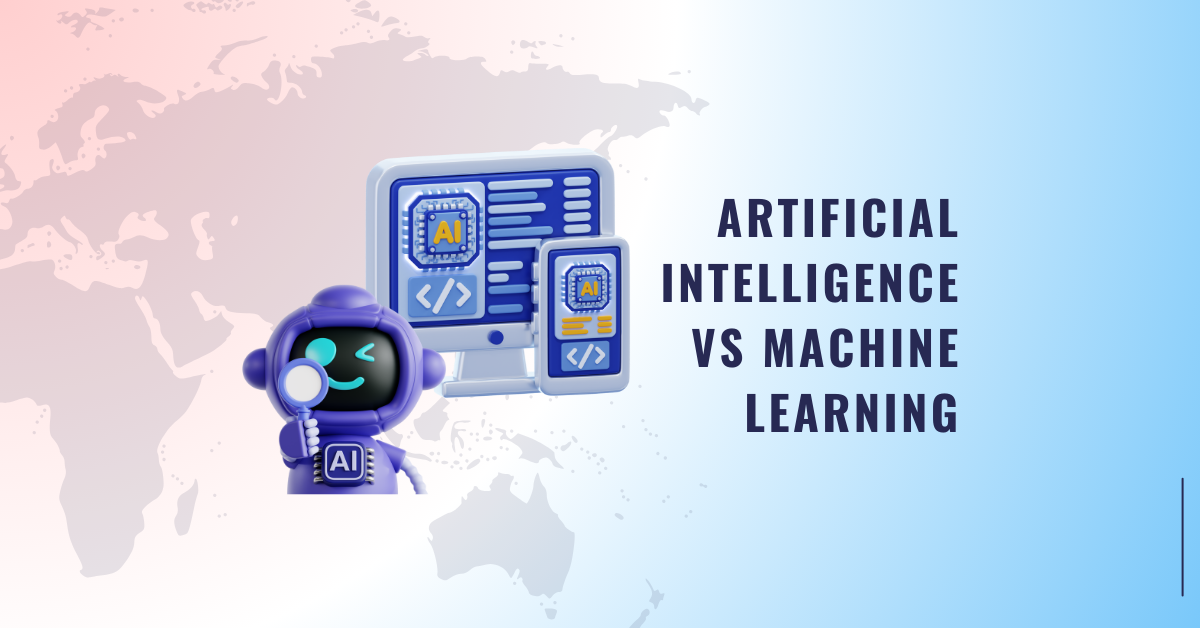
Artificial Intelligence (AI) and Machine Learning (ML) are often used interchangeably, but they’re not the same. While both are key technologies in modern innovation, they have distinct roles and functions. Understanding their differences is essential for grasping how these technologies shape our lives.
What Is Artificial Intelligence (AI)?
AI refers to the broader concept of creating machines that can perform tasks typically requiring human intelligence. These tasks include reasoning, problem-solving, decision-making, and natural language understanding.
Examples of AI:
1. Chatbots: Virtual assistants like Siri or Alexa understand commands and provide responses.
2. Self-Driving Cars: Use AI to navigate roads and make decisions.
3. Fraud Detection Systems: Analyze financial transactions to identify unusual activity.
What Is Machine Learning (ML)?
ML is a subset of AI focused on enabling systems to learn from data and improve performance without explicit programming. ML algorithms identify patterns, make predictions, and adapt over time as they process more data.
Examples of ML:
1. Spam Email Filters: Learn to identify and block spam based on patterns in emails.
2. Product Recommendations: E-commerce platforms suggest products based on user behavior.
3. Fitness Trackers: Analyze data to provide personalized health insights.
Key Differences Between AI and ML:
| Aspect | Artificial Intelligence | Machine Learning |
| Definition | Broad field for creating intelligent systems | Subset of AI focused on learning from data |
| Goal | Mimic human intelligence | Optimize tasks through learning and adaptation |
| Examples | Virtual assistants, robotics | Spam filters, recommendation systems |
| Functionality | Encompasses reasoning, learning, and perception | Focused specifically on learning patterns |
How AI and ML Work Together
AI provides the overarching goals, such as creating systems that mimic human intelligence, while ML supplies the tools to achieve these goals. For example:
- AI Goal: Improve customer service.
- ML Tool: Train a chatbot using historical customer queries to provide accurate responses.
Conclusion
AI and ML are interconnected yet distinct technologies. AI encompasses a broader vision of creating intelligent systems, while ML is the driving force behind their ability to learn and improve. Together, they power countless innovations, transforming industries and daily life.
Comments (0)
Categories
Recent posts
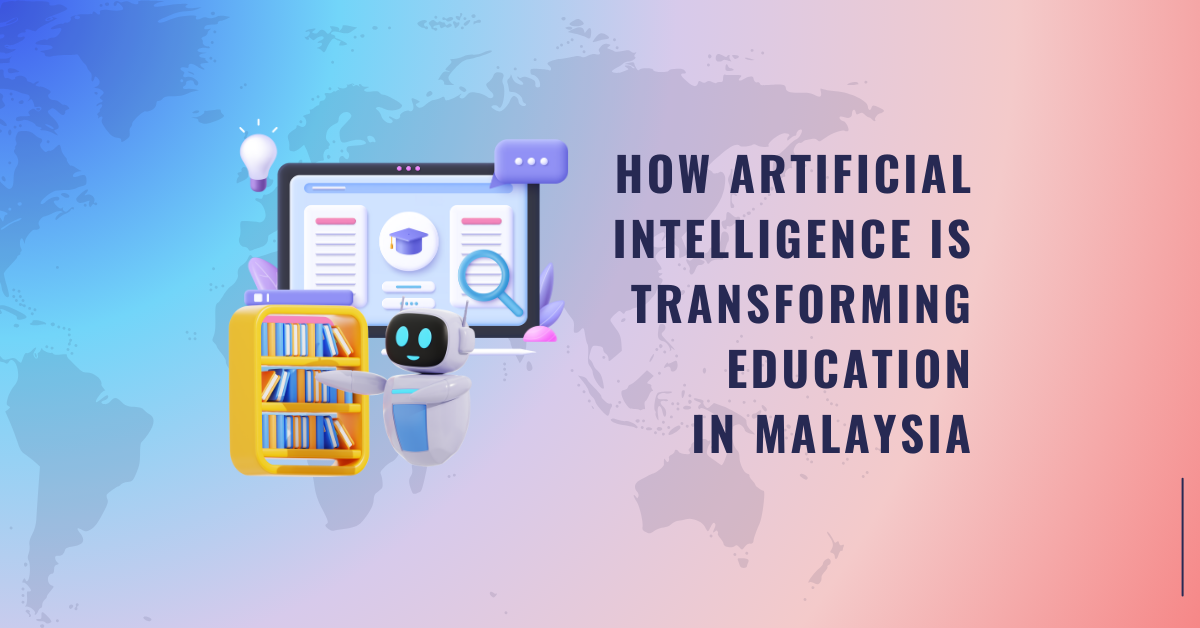
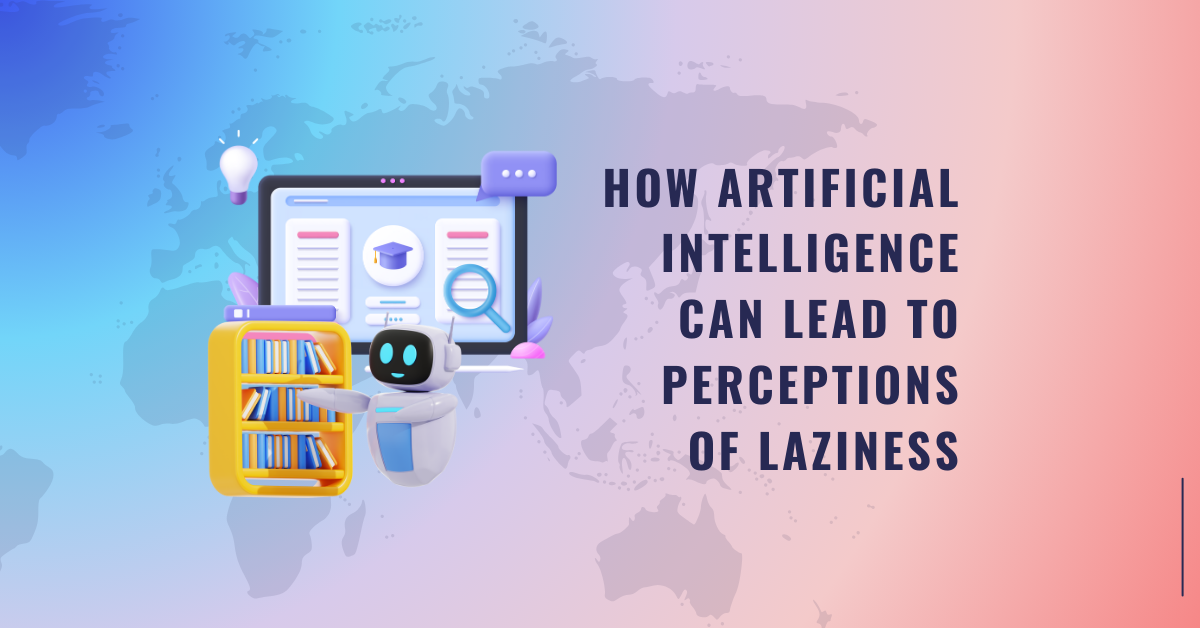
How Artificial Intelligence Can Lead to ...
9 Dec 2024
Step by Step Guide to Create a Digital ...
4 Dec 2024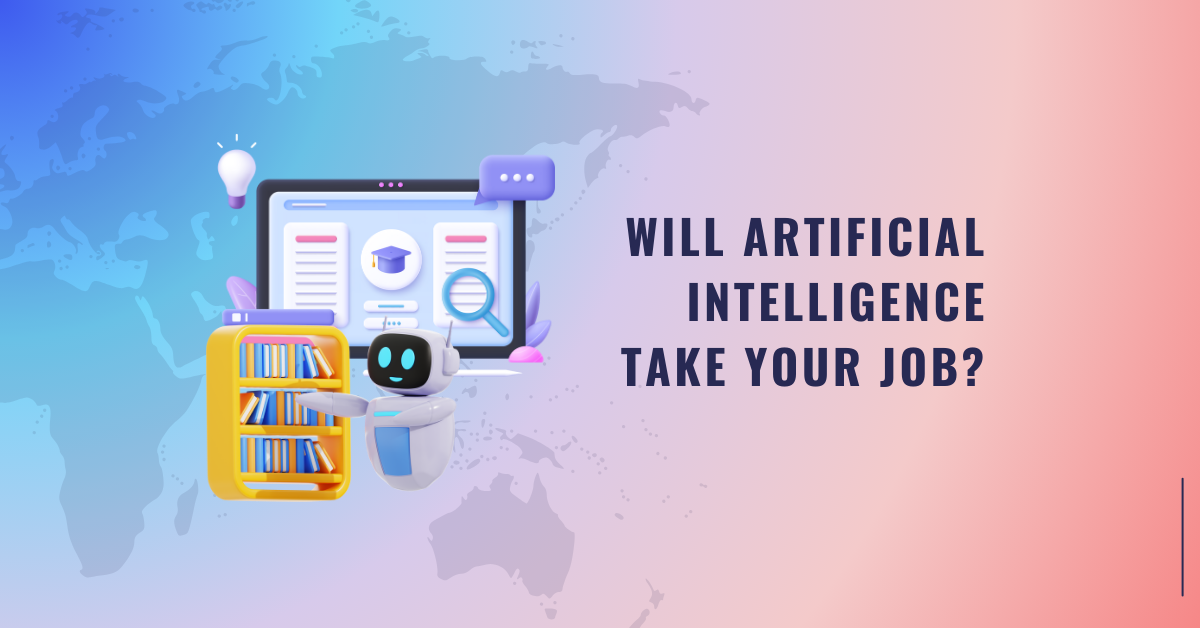
Will Artificial Intelligence Take Your ...
17 Dec 2024